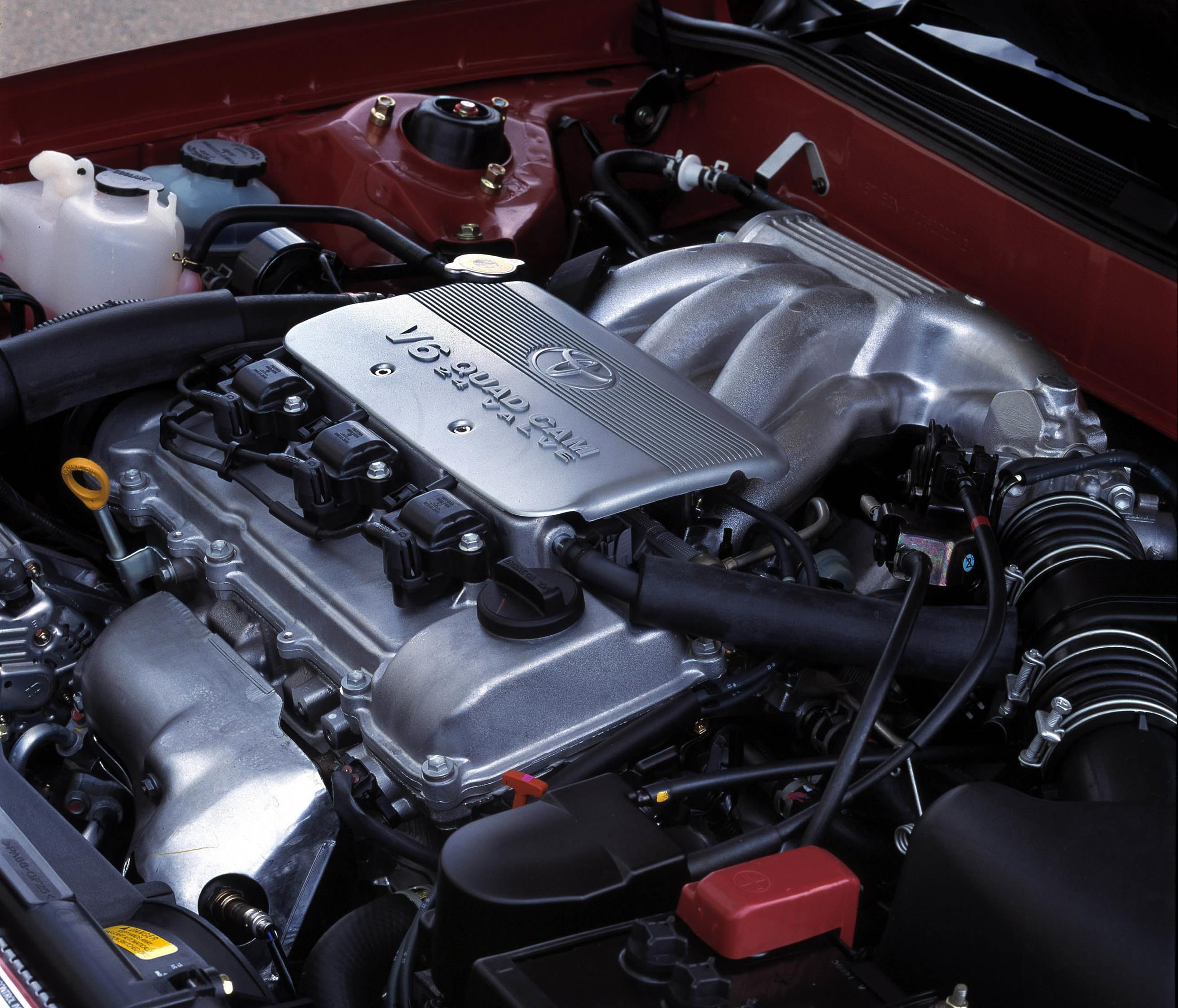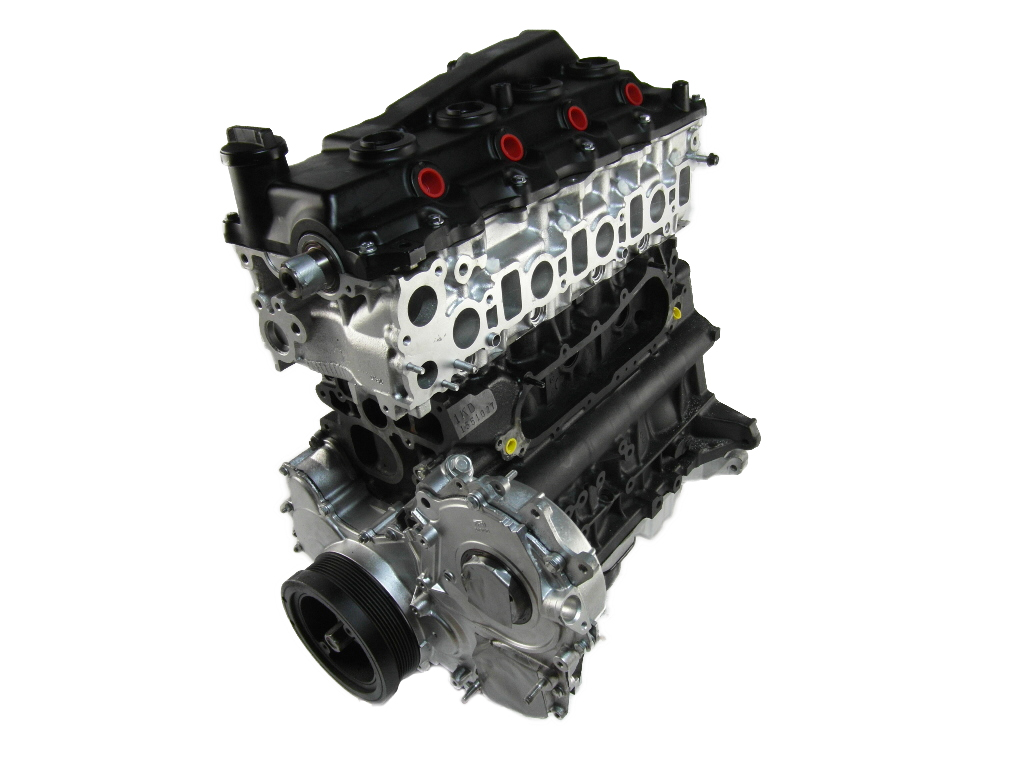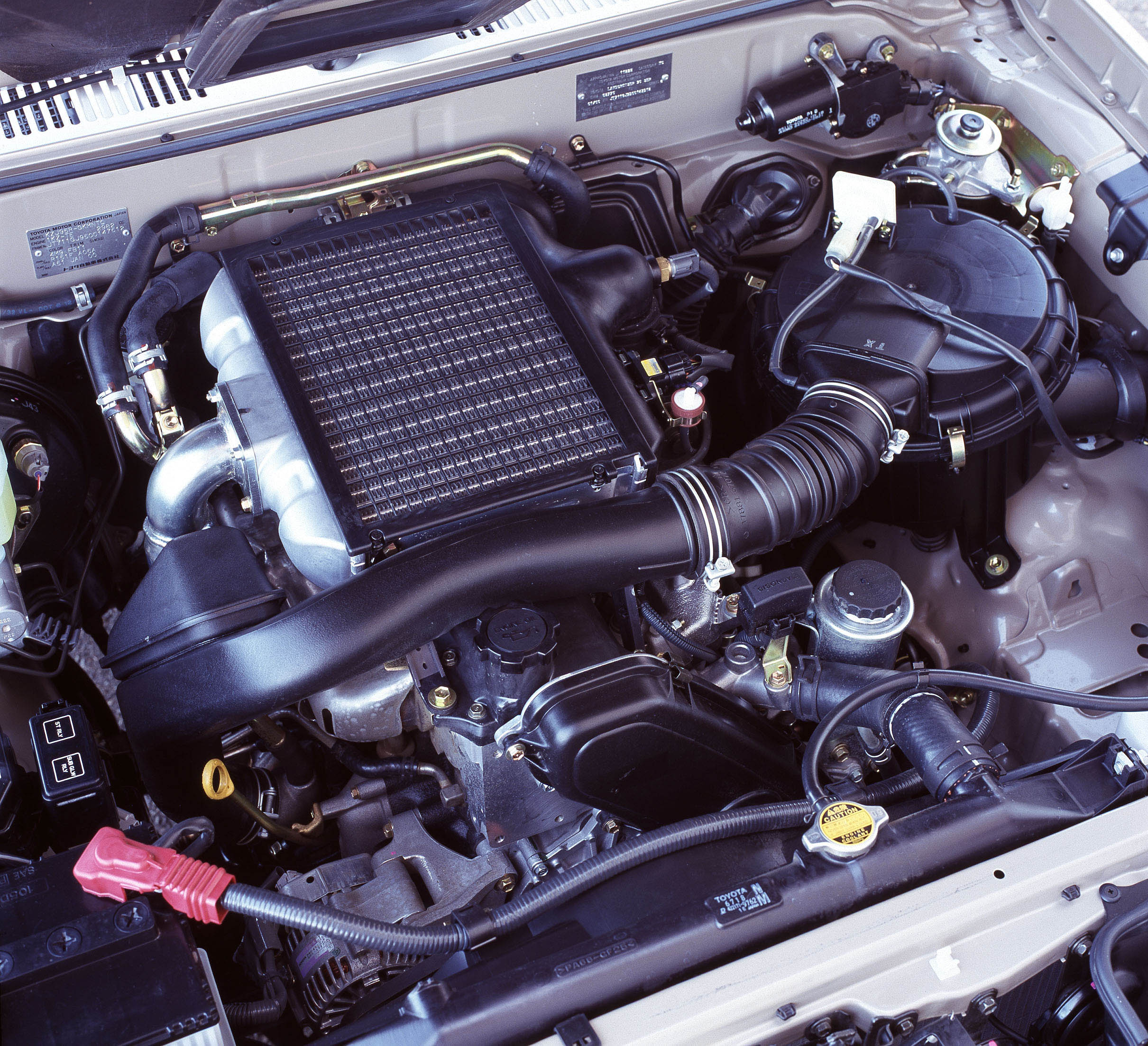Introduction
Toyota’s 7A-FE was a 1.8-litre four-cylinder petrol engine that was produced from 1990 to 2002. Based on the 1.6-litre 4A-FE engine, key features of the 7A-FE engine included its cast iron block, aluminium alloy cylinder head, double overhead camshafts and four valves per cylinder. Furthermore, the 7A-FE was a non-interference engine.
While the 7A-FE was generally naturally aspirated, the Corolla Sportivo engine was fitted with a turbocharger – this is considered below.
| Engine | Trans. | Years | Peak power | Peak torque | |
|---|---|---|---|---|---|
| Toyota E100 Corolla | 1.8-litre petrol I4 (7A-FE) |
5sp man., 4sp auto |
1994-99 | 85kW at 5600rpm | 155Nm at 2800rpm |
| Toyota E110 Corolla | 1.8-litre petrol I4 (7A-FE) |
5sp man., 4sp auto |
1998-01 | 85kW at 5800rpm | 154Nm at 4800rpm |
| Toyota E110 Corolla Sportivo | 1.8-litre turbo petrol I4 (7A-FE) |
5sp man. | 2001 | 115kW at 5600rpm | 237Nm at 3600rpm |
Block and crankshaft
The 1762 cc 7A-FE engine had a cast iron block with an 81.0 mm bore and 85.5 mm stroke. Compared to the 4A-FE, the deck height of the 7A-FE cylinder block was increased by 15.4 mm to accommodate the increased stroke. The 7A-FE engine had a knock sensor boss at the top rear side of the cylinder block.
The 7A-FE engine had a vanadium steel crankshaft with the following specifications:
- Crankshaft radius: 42.75 mm;
- Crankshaft pin diameter: 48.0 mm;
- Counter weight outside diameter: 69.0 mm; and,
- Arm thickness: 16.75 mm.
To reduce vibrations, the crankshaft pulley had torsional and longitudinal dampers.
Cylinder head
The 7A-FE engine had an aluminium alloy cylinder head that was mounted on a metallic cylinder head gasket which used two stainless steel layers. The cylinder head used plastic region tightening bolts.
Intake and throttle
For the 7A-FE engine, the intake manifold was integrated with the intake air chamber. Furthermore, intake pipe length and port diameter were designed to increased torque at low to medium engine speeds. The 7A-FE engine had a conventional throttle body whereby the throttle valve opening was determined by the amount of accelerator pedal effort.
Camshafts and valves
The 7A-FE engine had double overhead camshafts that used a belt and gear drive. The 7A-FE engine had four valves per cylinder which were actuated by solid bucket-type valve lifters. To adjust the valves in the 7A-FE engine, it was necessary to remove the camshaft.
As per the table below, the 7A-FE engine had:
- Valve overlap of 8 degrees;
- Intake duration of 224 degrees; and,
- Exhaust duration of 224 degrees.
| 7A-FE Valve Timing | ||
|---|---|---|
| Intake | Open | 6° BTDC |
| Close | 38° ABDC | |
| Exhaust | Open | 42° BBDC |
| Close | 2° ATDC | |
Injection and ignition
The 7A-FE engine had an electronically-controlled, multi-point fuel injection in which intake air volume was detected indirectly by the manifold absolute pressure sensor. With Toyota’s ‘Electronic Spark Advance’ (ESA), ignition timing was determined by the ECM based on inputs from sensors; ignition timing could also be retarded to suppress knocking when it occurred.
The 7A-FE engine had pentroof-type combustion chambers and a compression ratio of 9.5:1.
Turbocharged 7A-FE: Corolla Sportivo
The turbocharged E110 Corolla Sportivo was available in Australia during 2001. Sometimes referred to as the 7A-FTE engine, this turbocharged application of the 7A-FE engine differed in that it had:
- An IHI RHF4B turbocharger which provided peak boost pressure of 0.55 bar (8 psi);
- Turbocharger heat shields;
- Unique front exhaust pipe and cast iron exhaust manifold;
- An air-to-air intercooler;
- Unique ECU settings;
- Higher-flow injectors;
- Different spark plugs; and,
- An oil separator.
The compression ratio was unchanged at 9.5:1, though premium unleaded petrol was recommended to avoid detonation. Toyota also specified Caltex Havoline Formula 3 engine oil.




